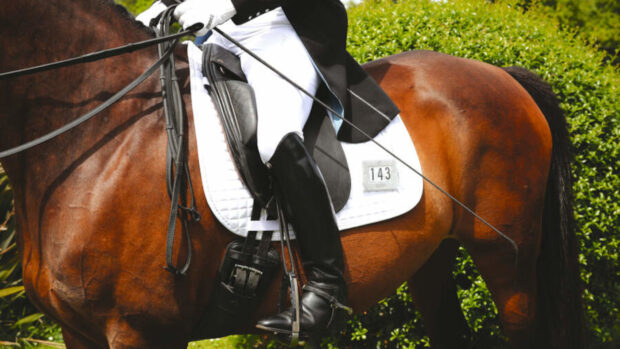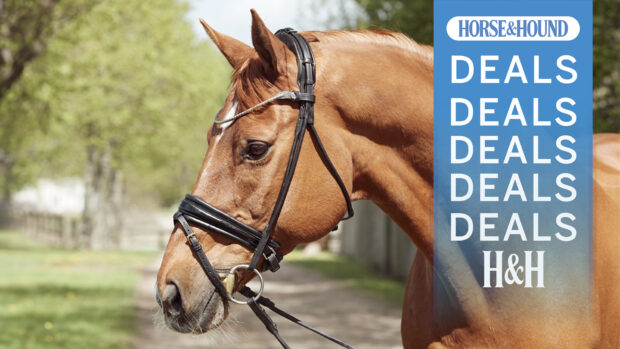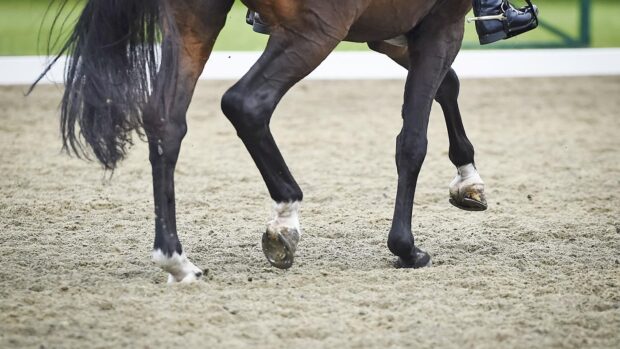Anna Ross shares her thoughts on the debate over allowing riders to choose snaffles at top level
The FEI’s independent Equine Ethics and Wellbeing Commission recently made the recommendation that double bridles should be optional at all levels in international grand prix dressage, and that riders should have the choice to compete in a snaffle and without spurs. This has created great debate.
There’s strong opposition to this from groups of international riders and trainers who fear that it is a “dumbing down of the sport” dictated by public, rather than expert, opinion. This is at odds with others who see it as a move forwards, in line with public perception and modern welfare expectations. Cynics might suggest that top riders and trainers are invested in retaining the current rules; they are of course succeeding under them.
Tradition is often used as a trump card by those wishing to retain the status quo. Our traditions, to the non-horsey world, are clues to our culture, and show “who we are”. Culture is the big picture, our collective values as a group. We are all stakeholders in the sport – whether riders, competitors, show organisers or dressage enthusiasts – and ultimately public perception of our sport will determine its future.
At a recent CDI show in France, there were animal welfare activists who attended and filmed the competition. And who can forget (much as we might wish to) the naked protesters in Rotterdam at the jumping Europeans in 2019.
If we ourselves are comfortable with our practices, we will be able to explain them. Rather than bury our heads in the sand and fight among ourselves, we need answers ready, otherwise those who know little about the sport could end up dictating the rules. Choice is a good word; it suggests a willingness to cooperate. An outright “no” to any choice suggests we are immovable, in which case the public will draw their own conclusions and make judgements based on their current perception. A little explanation could ease concerns.
For example, in answer to the question, “Why do riders use spurs?”, we could respond that it is akin to a skilled guitarist playing with a plectrum rather than just his fingers. The spur gives a more precise communication than the rider’s size nine boot.
Respected trainers David Hunt and Dane Rawlins recently wrote articles stating that double bridles in themselves are not a welfare issue. I agree, but looking at the double bridle, the general public quite reasonably asks, “Why do you need all that metal and a [curb] chain to control the horses?” One Facebook user compared it to the controlling of bears in the circus.
But we can explain that the curb “chain” can also be made of leather or rubber. It is there to keep the weymouth bit in its place, so we can use it with finesse, and there are stewards who check the bridle fits and is used correctly.
Words of wisdom, not war
Why are we currently compelled to use a double bridle at the highest levels? It allows more precision than the snaffle. Therefore, if the same result can be achieved in a snaffle, it should be more difficult, so why not allow the choice?
A concerned animal-loving public is not our enemy. We are all on the same side, united in a love for the horse and we need to show who “we” are – and that is a group of animal lovers. We need simple explanations, quick and compelling answers to ease concerns, and all stakeholders should be ready to respond to questions. We should reach out, not shut down.
After all, horses can’t be forced, therefore we should celebrate their cooperation with us. High-handed communication will not work with people or horses. The answers lie at the heart of dressage, in education.
At the moment, we have shining examples of harmony with our Olympic gold medallist, Jessica von Bredow-Werndl, demonstrating near-perfect connection in a double bridle and the judges are rewarding it. Education is our armour, and the smartest way to win an uphill battle against ignorance is with words of wisdom, not war.
● Do you think double bridles should be made optional in high level dressage? Or not? Let us know your views at hhletters@futurenet.com
- This exclusive column will also be available to read in Horse & Hound magazine, on sale Thursday 10 November
You may also be interested in…
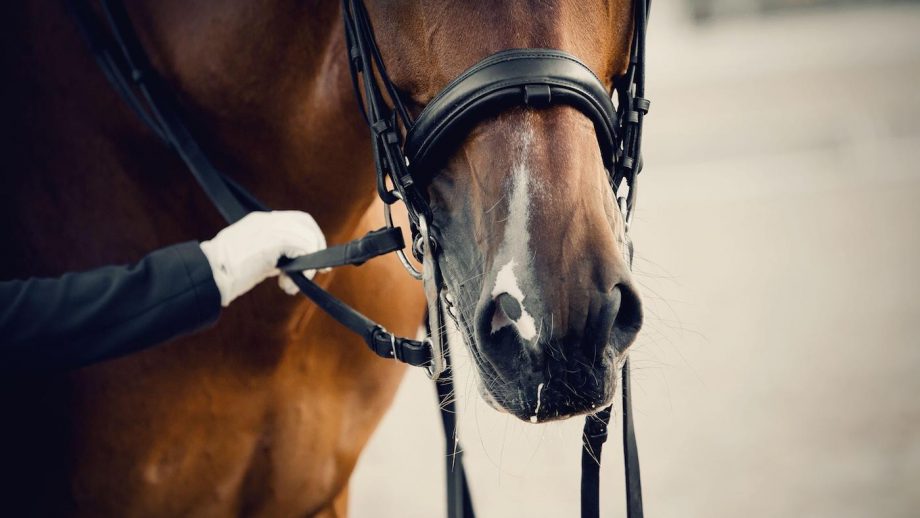
Double bridle debate continues – as FEI dressage committee has its say
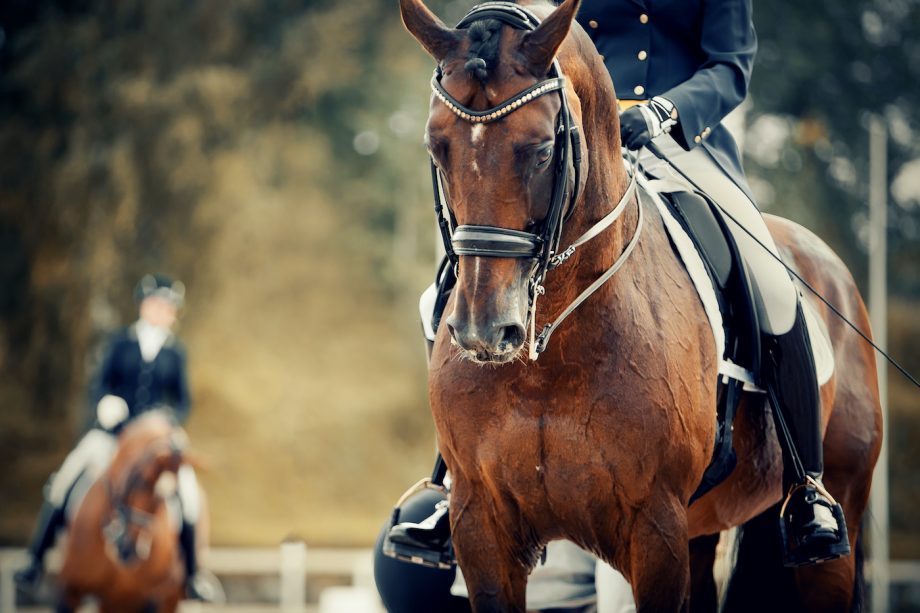
‘Controversial’ proposal around double bridles and spurs sparks debate

How to ride in a double bridle

Subscribe to Horse & Hound magazine today – and enjoy unlimited website access all year round
Horse & Hound magazine, out every Thursday, is packed with all the latest news and reports, as well as interviews, specials, nostalgia, vet and training advice. Find how you can enjoy the magazine delivered to your door every week, plus options to upgrade your subscription to access our online service that brings you breaking news and reports as well as other benefits.


